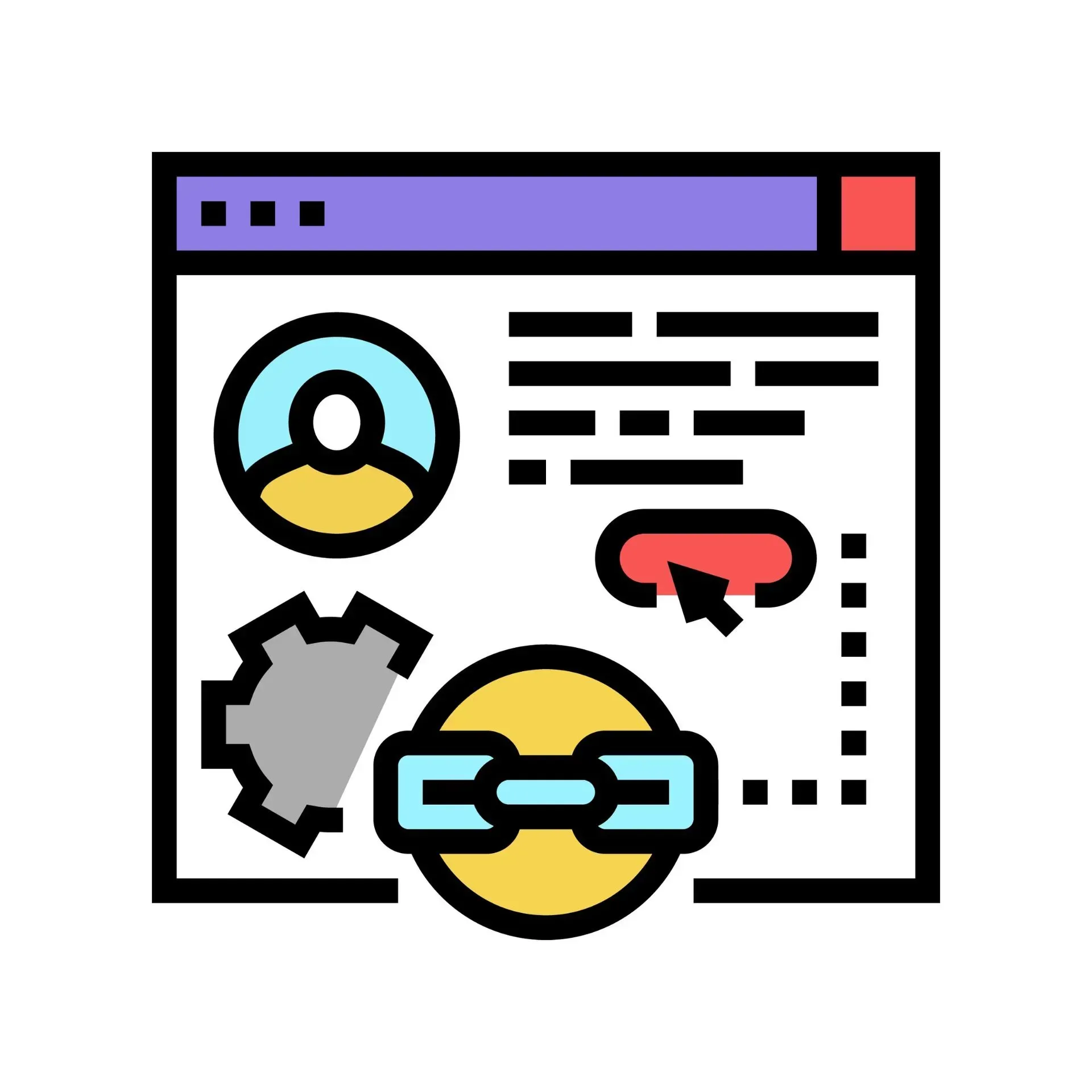How to Conduct a Successful Competitive Analysis
Understanding your competition is key to staying ahead in any industry. Competitive analysis helps you identify your rivals’ strengths and weaknesses while uncovering opportunities for growth.
It gives you insights into what works in your market and what doesn’t. By examining their strategies, you can refine your own approach to stand out.
This process isn’t about copying others; it’s about learning from them to improve your business. Whether you’re launching a new product or revamping your marketing efforts, competitive analysis can guide your decisions.
With the right steps, you can gain a clearer picture of your industry and achieve better results. This blog post will guide you on how to conduct a successful competitive analysis.
What Is Competitive Analysis?
Competitive analysis is the process of identifying, evaluating, and understanding your industry competitors. This involves examining their strengths, weaknesses, market positions, and strategies to determine how your business compares.
When done correctly, it informs critical decisions—whether it’s refining your product, pivoting your marketing strategy, or identifying untapped market opportunities. More importantly, it shifts your focus from reacting to competitors' moves to proactively planning for business growth.
Step 1: Identify Your Competitors
Before you analyze, you need to know who your competitors are. This includes both direct competitors (those selling similar products or services) and indirect competitors (those targeting the same audience with alternative solutions.
Tips for Identifying Competitors:
- Google Search: Use relevant keywords your customers might search for to uncover businesses offering similar solutions.
- Social Media: Platforms like Facebook, Instagram, and LinkedIn allow you to explore companies popular with your target audience. Check out competitors’ follower counts, activities, and engagement.
- Industry Reports: Leverage resources like IBISWorld or Gartner to find key players in your industry.
- Customer Feedback: Interview clients or check online reviews to understand where else they shop and why.
By mapping out your competition, you gain clarity on who you're battling for market dominance.
Step 2: Analyze Competitors' Strengths and Weaknesses
Once you’ve identified your competition, the next step is to dissect their business operations. The goal is to understand where they excel and where they falter.
Tools and Methods:
- SWOT Analysis: Create a simple chart highlighting competitors' Strengths, Weaknesses, Opportunities, and Threats.
- Tools Like SEMrush & SimilarWeb: Use these to analyze traffic sources, website performance, and keyword rankings to gauge digital presence.
- Product Evaluation: Purchase a competitor’s product or service to experience their quality, customer service, and delivery process firsthand.
Take note of:
- Unique selling points
- Operational inefficiencies
- Innovations or outdated practices
This insight provides a clearer picture of how to position yourself strategically.
Step 3: Study Market Positioning and Target Audience
How do your competitors present themselves in the marketplace? What audience are they targeting? Understanding these factors is critical to finding your niche.
Key Areas to Study:
- Branding: Analyze their logo, tagline, messaging, and tone of voice. Are they portraying themselves as affordable, luxurious, innovative, etc.?
- Target Segments: Who are they marketing to? This could include demographics (age, income, gender) or psychographics (values, lifestyle).
- Reputation: Search for reviews and testimonials to discover how their audience perceives them.
If you find competitors are neglecting certain customer needs, addressing those gaps could give you a unique edge.
Step 4: Review Their Marketing Strategies
Marketing strategies often reveal a company’s ambitions and direction. A well-crafted plan can provide you with actionable insights to sharpen your own approach.
Areas to Explore:
- SEO: What keywords are competitors ranking for? Tools like Ahrefs or Ubersuggest can help you identify their top-performing keywords and backlinks.
- Social Media: Examine the types of content they post, their engagement rates, and strategies for running ads. Are they using influencers, contests, or user-generated content?
- Email Marketing: Sign up for your competitors' newsletters to learn how they engage their audience.
Track these efforts to benchmark your own marketing activities and determine where you can outperform.
Step 5: Compare Pricing and Product Offerings
Understanding your competitors’ pricing strategies and offerings provides context for where you stand on quality, price, and value.
Important Considerations:
- Price Points: Do competitors offer premium, mid-tier, or budget options? How does their pricing correlate with perceived value?
- Product Differentiation: How do their features compare to yours? Identify areas where you can offer something better or truly unique.
- Bundling and Promotions: Take note of any package deals, discounts, or loyalty programs they offer to retain customers.
By analyzing pricing strategies, you can determine whether you want to compete on cost, quality, or a combination of both.
Step 6: Use Insights to Strengthen Your Own Business
Now comes the most important part—putting all your findings into action. Competitive analysis is only valuable when applied thoughtfully to your operations, branding, and strategy.
Actionable Steps:
- Differentiate Yourself: Use insights into competitors’ weaknesses to carve out a unique value proposition that sets you apart.
- Optimize Processes: Implement improvements based on areas where competitors outperform you—whether it be customer support, product design, or delivery speed.
- Enhance Marketing: Double down on marketing channels where competitors are absent or underperforming.
- Monitor Ongoing Performance: Make competitive analysis a regular part of your business strategy to track changes in the industry and adapt quickly.
When you couple the right strategies with thoughtful execution, your business is no longer playing catch-up—you’re setting the industry standard.
Start Gaining the Edge in Your Market
Conducting a competitive analysis isn’t just about knowing who’s out there—it’s about harnessing that knowledge to innovate and lead. By following the steps outlined above, you can uncover valuable insights that will help you refine your strategies, capitalize on opportunities, and ultimately stand out in your industry.










